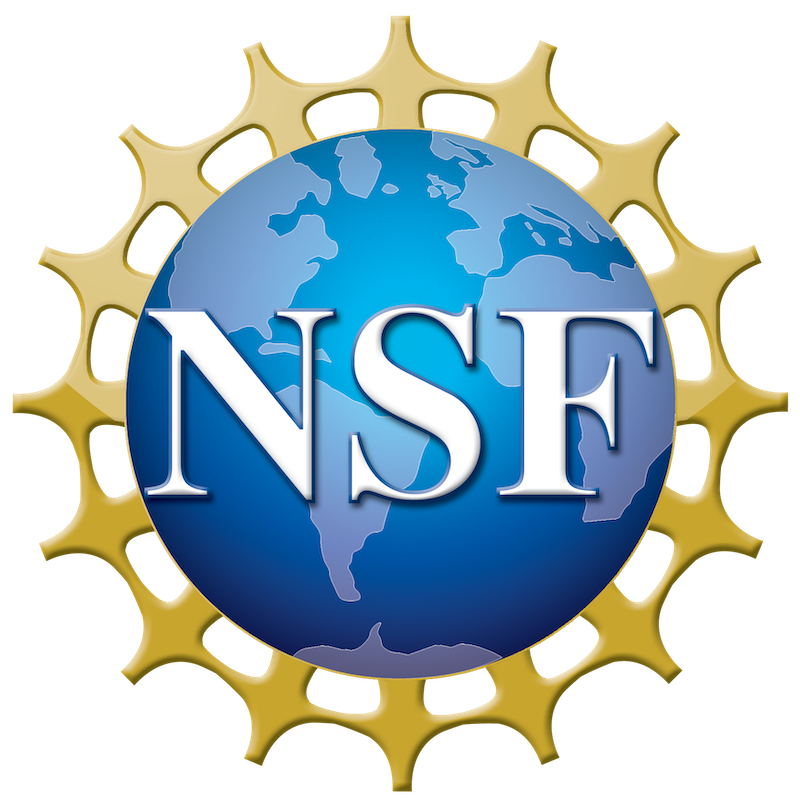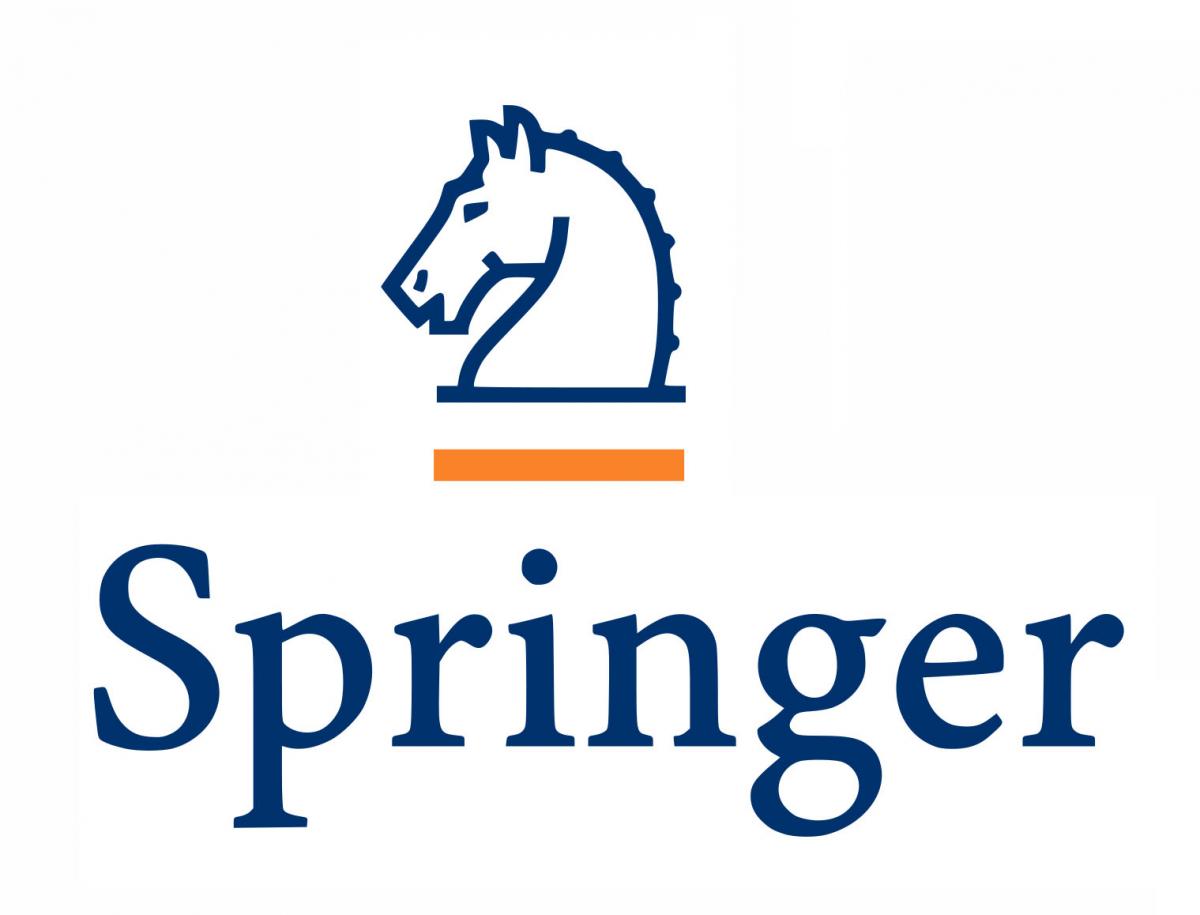Reza Abedi, University of Tennessee
Alireza Amirkhizi, University of Massachusetts Lowell
Propagation of stress waves in heterogeneous media is inherently dispersive. Microstructural effects, such as local resonances could lead to significant changes in the response of material to such loading scenarios. This symposium seeks presentations related to methods of modeling of shock and dispersive wave propagation in heterogeneous media, along with methods to induce desired control, e.g. dissipation, redirection, etc. In addition to the linear analysis of media with periodic micro-architecture, we also seek contributions that consider the effect of disorder and/or failure under high amplitude stress waves. Disorder can be inherent as in biological tissues, earth crust, polycrystals, and concrete, or for micro-structured media can be introduced intentionally or caused by manufacturing imperfections. Broad topics of interest are (but not limited to):
- Dynamic homogenization methods and topics such as field averaging, parameter retrieval, spatial dispersion and higher order methods, and Willis material.
- Multiscale and homogenization-based numerical methods for dynamic analysis of composites.
- Reduced order models.
- Novel unit cell designs for phononic crystals and mechanical metamaterials, e.g. use of nonlinear elasticity and friction, fluid-based designs, dynamic and adaptive design.
- Parametric and topology optimization of unit cells and graded microstructure.
- The effect of disorder on the response of natural or manufactured dispersive materials.
- Seismic, acoustic and vibration, and blast and ballistic applications of dispersive materials.
- Failure of mechanical metamaterials and other dispersive materials under dynamic loading.
- Big data-enabled methods of modeling and prediction of wave/material interaction.











